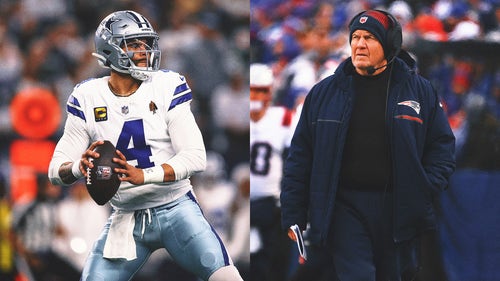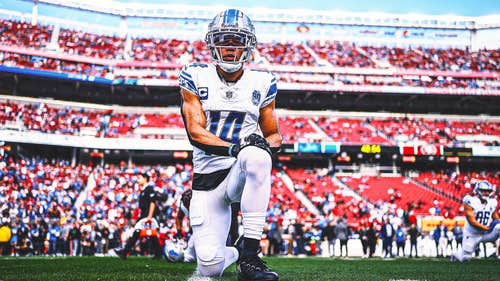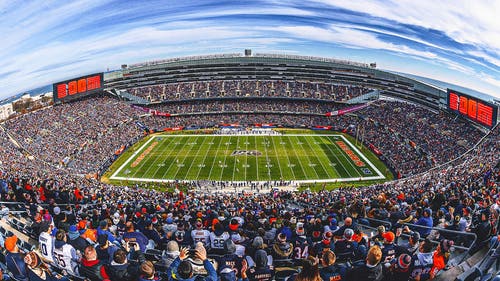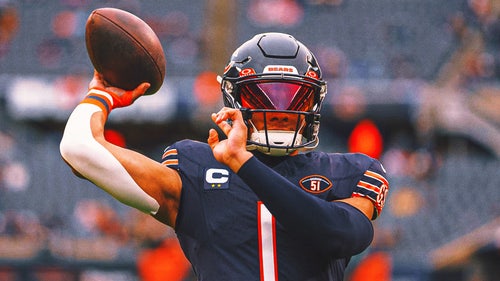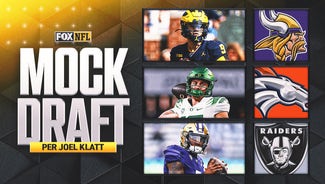
Davis lived on relentless drive to win
From the time he became the youngest coach and general manager in sports when he came to the Oakland Raiders in 1963, Al Davis had one goal and it became his mantra, "Just win, baby."
And the Raiders under Davis, who died Saturday at the age of 82, won as much as any team in sports for three decades until running into some lean years beginning in the 1990s.
"That drive to win included everything he did," said Scotty Stirling, who was the first Raiders beat writer for the Oakland Tribune in 1960 before being hired by Davis as public relations director and later becoming general manager.
"In 1964, we got the Port of Oakland to put up a sign in the Oakland Airport that said, 'Oakland, Home of the Raiders.' One day after the season, Al came back from a trip from Los Angeles and the sign had been taken down.
"When he gets back to the office, he calls the head guy, who tells him that they took it down because the season was over. Al hangs up. But a minute or so later he said, "Dammit, I didn't win that phone call.
"So he called back and talked the guy into putting the sign back up. He had to win at everything."
Davis was a little-known 33-year-old assistant for legendary coach Sid Gillman of the San Diego Chargers when the Raiders hired him away in 1963.
He took a team that had been 2-12 and 1-13 the two previous seasons, and was rumored to be moving or folding seemingly every week, and led them to a 10-4 record in his first season.
"I had a dream to build the finest organization in sports," said Davis, who instituted several slogans the Raiders still use today, such as "Pro Football's Dynamic Organization," "Pride and Poise" and "Commitment to Excellence."
Davis sent his Raiders out into the Northern California community on dozens of public appearances and established a fan base, "Raider Nation," that remains relatively strong despite the team's recent struggles.
In some ways, the Raiders put Oakland on the map.
"When you say you are from Oakland, people ask, 'Isn't that where the Raiders are from?' said actor Tom Hanks, a graduate of Skyline High School in Oakland. "Yes, exactly."
Davis was an innovator as a coach, inventing the bump-and-run defense with cornerbacks Willie Brown and Kent McCloughan. It would be so successful that the National Football League later regulated the technique with the five-yard bump rule.
He also implemented what he called "the vertical passing game," and added fleet running back Clem Daniels into the mix by sending him deep against linebackers who could not cover him.
Davis also converted running backs Billy Cannon, the 1961 Heisman Trophy winner, and Hewritt Dixon into tight ends and also sent them deep down the field.
"I knew in our first meeting with Al (in 1963) that we were going to be better," said quarterback Tom Flores, who later coached the Raiders to two of their three Super Bowl victories.
"He was showing me things on the blackboard that we were going to do and pretty soon I started smiling. It was a quarterback's dream."
The Raiders were 23-16-3 in three seasons with Davis as coach, but soon he was needed for greater things in the grand scheme of the changing pro football landscape.
The upstart American Football League was in a battle with the established NFL and his rivals in the new league saw what an opponent Davis could be and elected him commissioner.
What was known as the "Pro Football War" was all but over when Davis implemented a strategy of signing away some of the NFL's top quarterbacks, starting with John Brodie of the San Francisco 49ers and Roman Gabriel of the Los Angeles Rams, in addition to other top stars, such as tight end Mike Ditka of the Chicago Bears.
"He brought the NFL to its knees and to the bargaining table," Stirling said. "We were on the verge of signing another dozen or so of their top players."
Another battle won, Davis returned to the Raiders as part owner and later wrested control of the team from Wayne Valley in a rather ugly court case.
Davis had other infamous battles with NFL Commissioner Pete Rozelle, San Diego Chargers owner Eugene Klein and even some of his own players, such as Kenny Stabler and Marcus Allen.
The record shows that Davis did pretty well in those fights too, but it bothered him that there was one he could never win.
"Al, he had a vendetta against death," said center Jim Otto, who was the cornerstone of the Raiders franchise when it was established in 1960. "It was as strong or stronger as his passion for football."
When Davis' wife, Carol, was in a coma for 17 days in 1979, he took up residence in the hospital, sleeping on a cot in a utility closet so he could be with her night and day. He held her hand, talked to her and read her letters day and night.
After Carol emerged from the coma there are those who will tell you that Davis believed he kept her alive.
When Don McMahon, the former major league pitcher and his friend from their days at Erasmus Hall High School in Brooklyn, died in 1987, Davis was almost beside himself.
"We've dominated almost everything else, other than this death thing," Davis said. "We've got to figure this one out."
Davis became more obsessed with death, or fighting against it, as some of his close friends, including Dr. Robert Albo and Bill Walsh, died in recent years. He believed if you fought hard there was a chance to stay alive.
As he did in so many other areas, Davis fought hard against the blood disease that ravaged his body over the last few years and limited him to a walker as he attended practice and games.
He was even preparing to go to the Raiders' game in Houston when the end came.
Tom LaMarre is a senior writer for The Sports Xchange and covered the Raiders for the Oakland Tribune from 1971-77.









































































































































